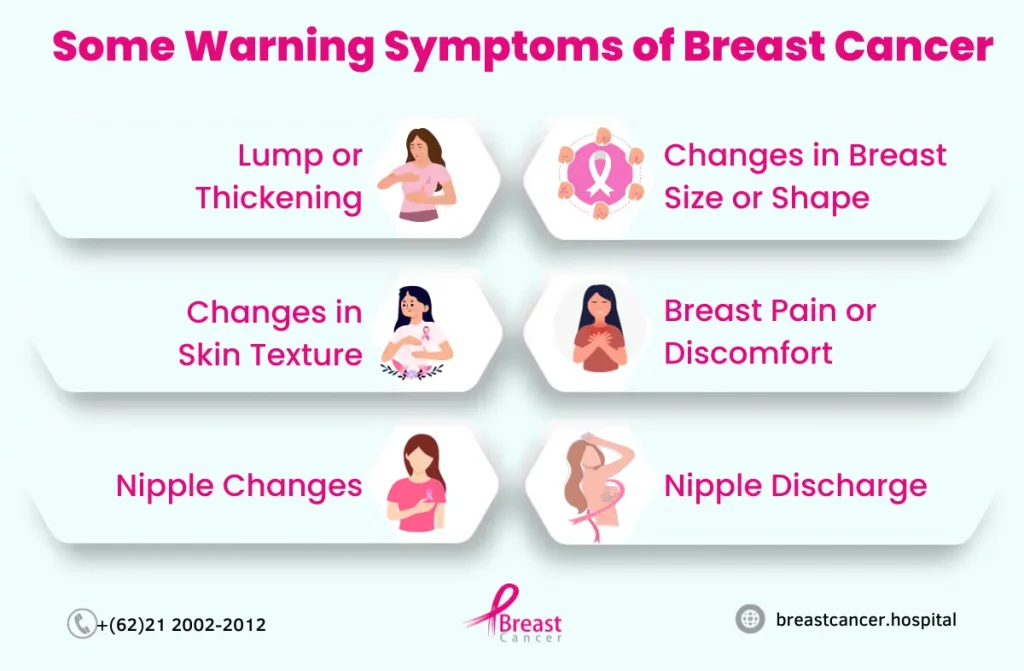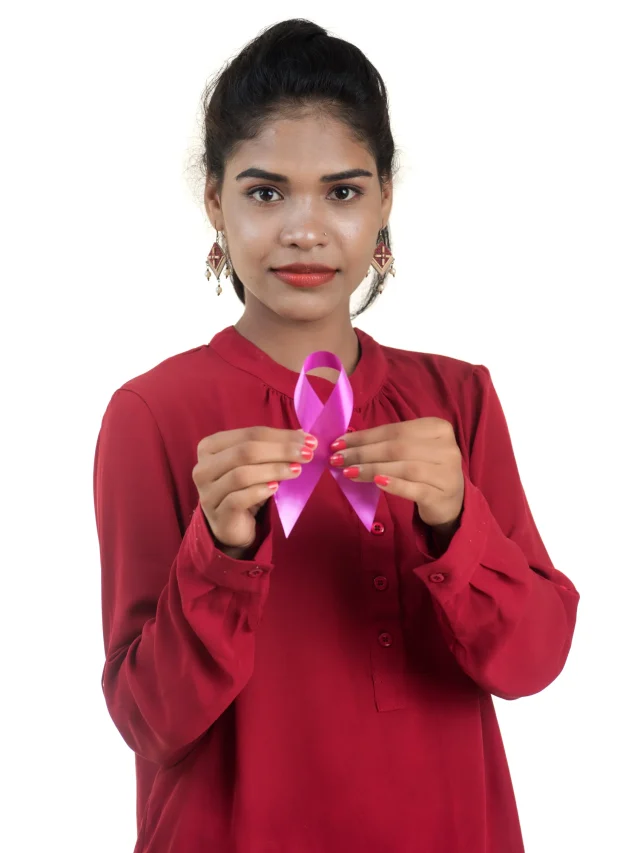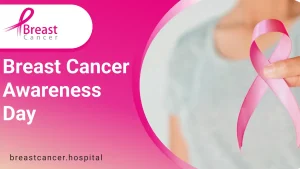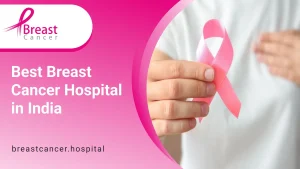Breast cancer is a formidable global health challenge impacting millions of women. Awareness of the 10 Warning Signs of Breast Cancer is crucial for women’s health. Firstly, any noticeable lump or thickening in the breast or underarm warrants attention. Changes in breast size, shape, or skin texture, as well as persistent pain, should be noted. Additionally, nipple changes, such as inversion or discharge, can be indicative.
Regular self-examinations, coupled with annual mammograms, enhance early detection chances. Proactivity in breast health, encompassing routine screenings and immediate consultation for any abnormalities, plays a pivotal role in overall well-being. By staying vigilant and informed, women empower themselves in the fight against breast cancer, fostering a culture of health-conscious living and timely intervention.

10 Warning Signs Of Breast Cancer
Recognizing the 10 warning signs of breast cancer is crucial for early detection and effective treatment. Key symptoms include:
Changes in Breast Size or Shape
One of the initial indicators of breast cancer, 10 Warning Signs of Breast Cancer, can be changes in the size or shape of the breast. Pay close attention to any asymmetry between your breasts or sudden alterations in contour. These changes may not always be accompanied by pain, making regular self-examinations crucial. Early detection through awareness of these warning signs is vital for successful treatment and improved outcomes in the fight against breast cancer.
Understanding Normal Breast Changes
- Breasts naturally change due to hormonal fluctuations.
- However, persistent, unexplained changes warrant medical attention.
Unexplained Pain or Discomfort
While many women experience periodic breast discomfort, persistent pain or discomfort that does not align with the menstrual cycle can be a cause for concern and is one of the 10 Warning Signs of Breast Cancer. This pain may not be limited to the breast but can extend to the armpit or even the shoulder.
Differentiating Between Normal Discomfort and Warning Signs
- Cyclical breast pain often resolves with the menstrual cycle.
- Unexplained, constant pain requires evaluation by a healthcare professional.
Skin Changes on the Breast
The skin on the breast can provide vital clues about your breast health. Watch out for changes in texture, such as redness, puckering, or dimpling. Also, be vigilant for unexplained rashes or swelling, as these could be crucial components of the 10 Warning Signs of Breast Cancer. Being attuned to alterations in skin appearance enhances early detection efforts, contributing to timely intervention and improved outcomes in the battle against breast cancer.
Examining Skin Changes for Early Detection
- Regularly inspect your breasts for any changes in skin texture.
- Seek medical advice if you notice persistent abnormalities.
Nipple Changes
Your nipples can be a key indicator of breast health. Any changes in their appearance, such as inversion, flattening, or discharge (other than breast milk), should be taken seriously. While some nipple changes can be benign, it’s crucial to rule out potential underlying issues.
Understanding Normal Nipple Variations
- Nipples naturally vary in appearance, but sudden changes warrant attention.
- Promptly consult a healthcare professional if you observe any abnormalities.
Detecting Unusual Lumps or Thickening
The presence of lumps or thickening in the breast tissue is a classic warning sign of breast cancer, part of the 10 Warning Signs of Breast Cancer. During self-examinations, be aware of any new, firm lumps that persist over time. However, not all lumps are cancerous, but it’s essential to consult with a healthcare provider for proper evaluation.
The Importance of Regular Breast Self-Examinations
- Familiarize yourself with the normal feel of your breasts to detect abnormalities.
- Consult a healthcare professional promptly if you discover any unusual lumps or changes.
Preventing Breast Cancer: A Proactive Approach
While complete prevention of breast cancer may not be guaranteed, adopting a proactive lifestyle can significantly reduce the risk.
- Regular Screenings: Schedule routine mammograms and clinical breast exams for early detection.
- Healthy Diet: Maintain a balanced diet rich in fruits, vegetables, and whole grains, reducing the intake of processed foods.
- Regular Exercise: Engage in regular physical activity, aiming for at least 150 minutes per week.
- Limit Alcohol Consumption: Moderation in alcohol intake is advised to lower the risk.
- Avoid Tobacco: Steer clear of smoking and secondhand smoke exposure.
Awareness of potential risk factors, including genetic predispositions, and understanding the warning signs empower individuals to take charge of their breast health. Staying informed and proactive, alongside regular medical check-ups, contributes to an overall strategy for breast cancer prevention.
The Importance of The Breast Self-exam
Recognizing the importance of breast self-exams, it is essential to be vigilant about the 10 warning signs of breast cancer. Understanding changes in the breasts through regular self-exams can facilitate early detection, improving the chances of successful treatment and recovery.
- Regular Breast Self-Exams: Knowing what’s normal for you is crucial, making breast self-exams essential for early detection.
- Increasing Breast Cancer Cases in Young Women: With more diagnoses in women under 40, self-exams gain significance, especially in communities at higher risk.
- Diagnostic Mammograms Before 40: If a clinical finding arises, diagnostic mammograms are an option, emphasizing the importance of self-exams.
- Persistent Mass Evaluation: Any persistent mass, even pre-40, merits evaluation through imaging and consultation with healthcare professionals.
- Navigating Diagnostic Process: Diagnostic mammograms and ultrasounds aid in understanding abnormalities, and patient navigators guide individuals through subsequent steps, including referrals if necessary.
Conclusion
Regular self-examinations and awareness of the 10 warning signs of breast cancer are crucial for early detection and timely intervention. If you notice any of these warning signs, it’s imperative to consult with a healthcare professional promptly. Remember, early detection significantly improves the chances of successful treatment and recovery.
Also, Read Best Breast Cancer Treatment In Chennai





